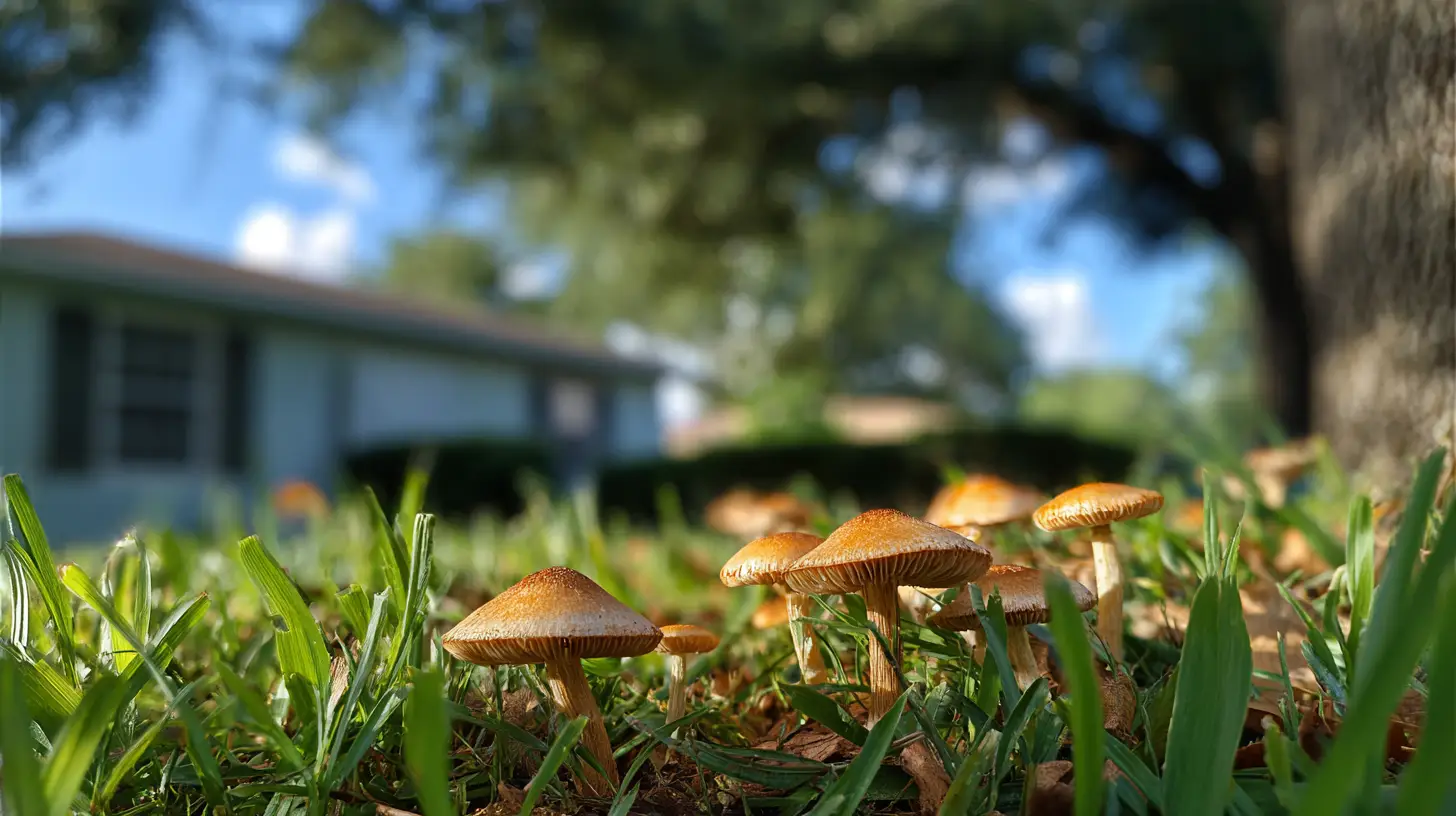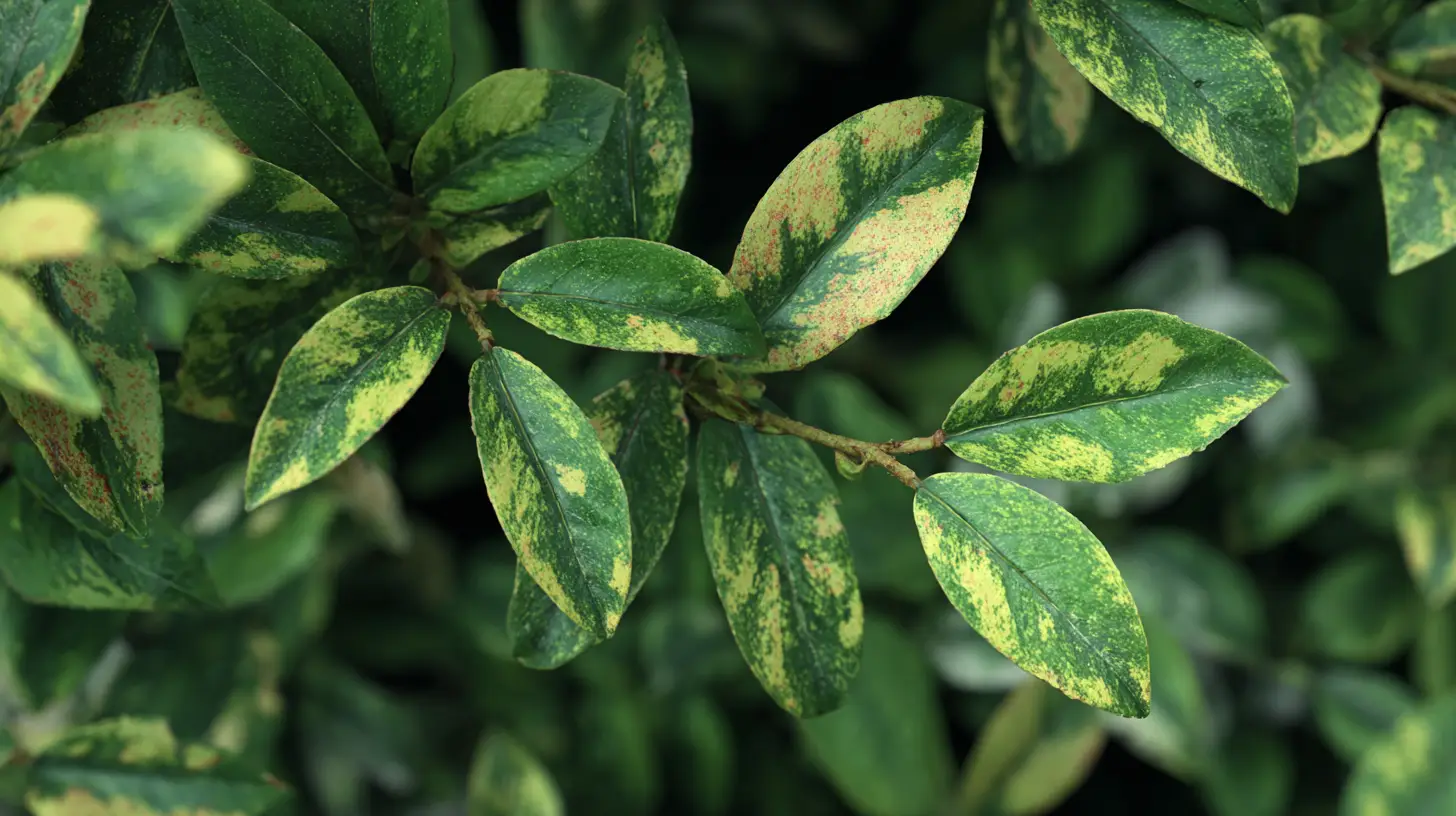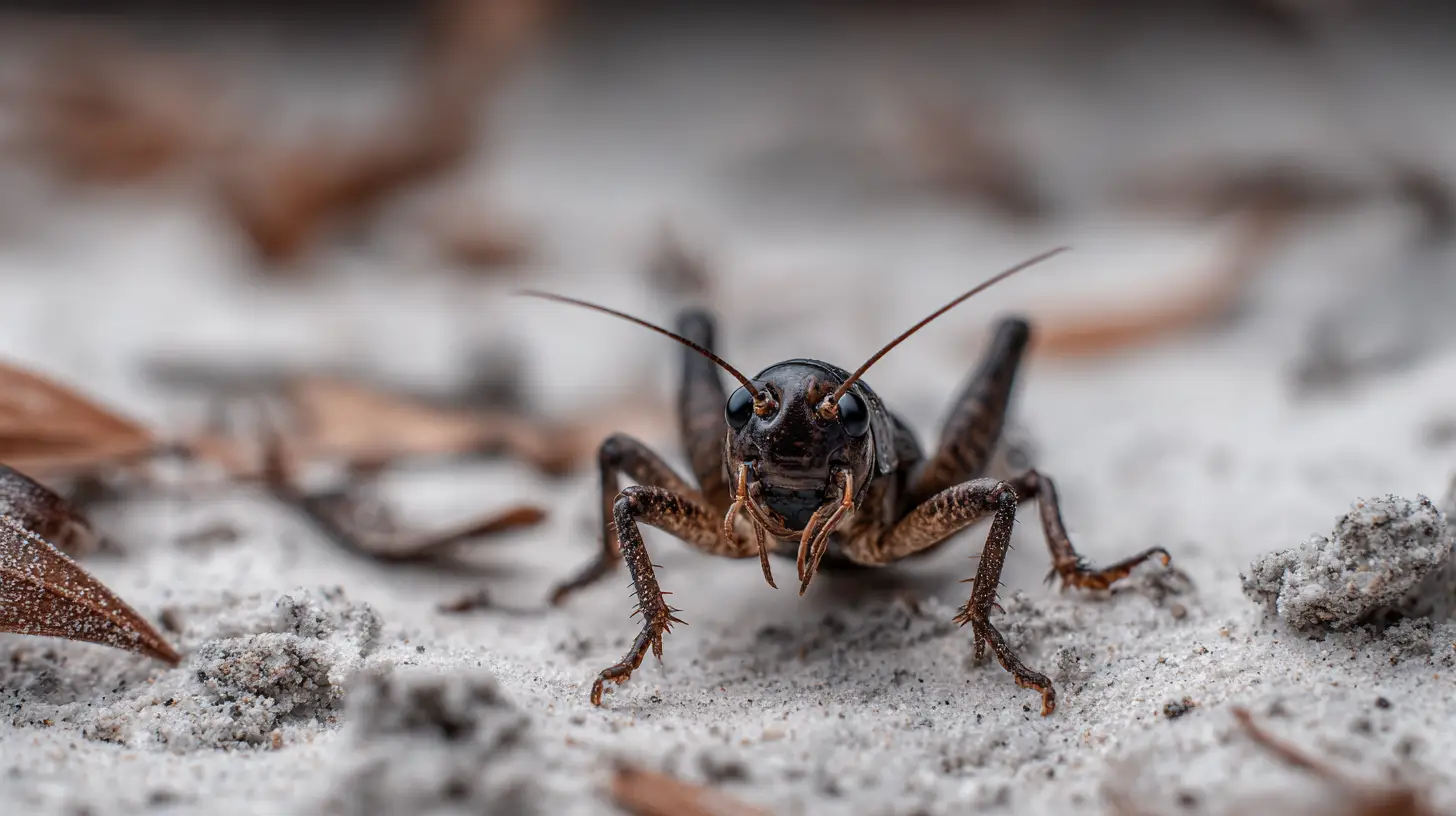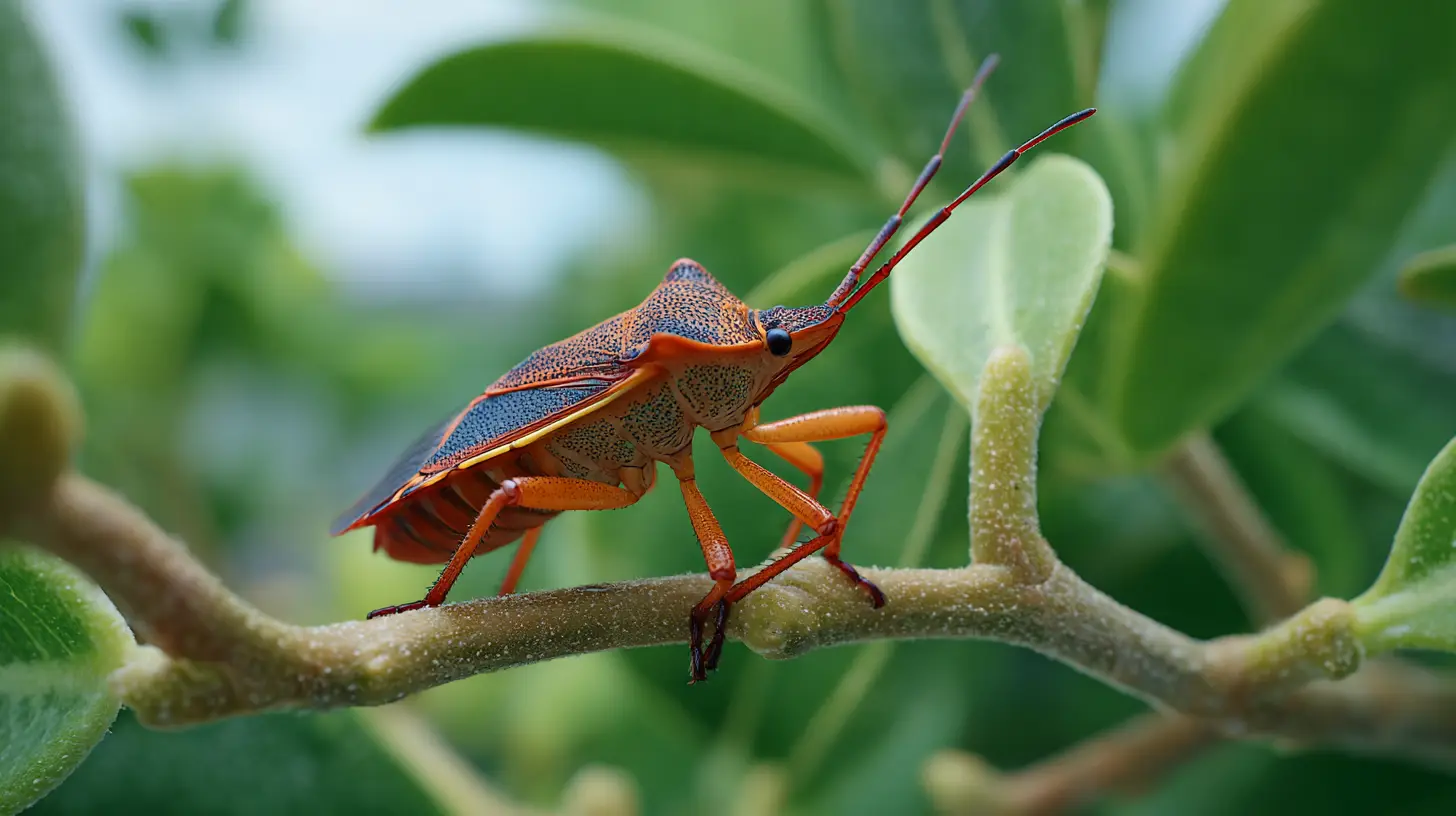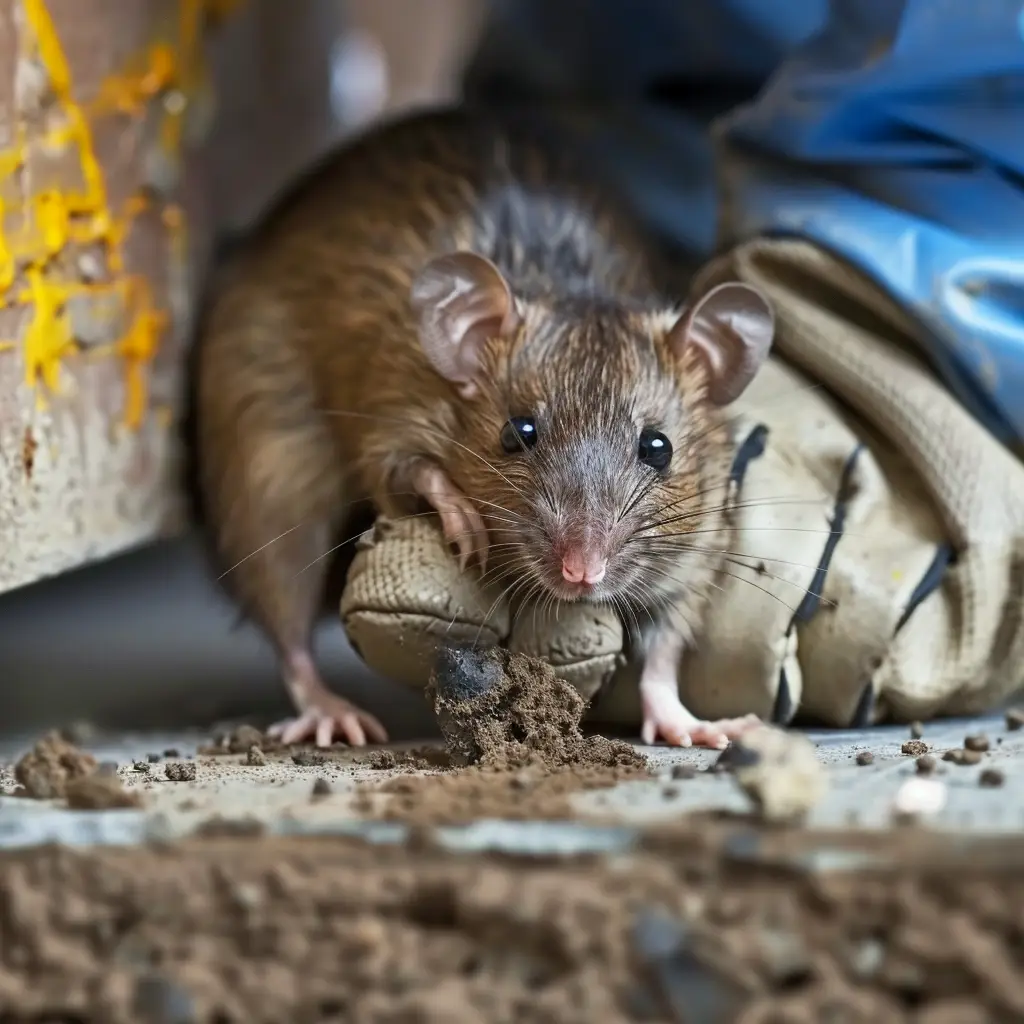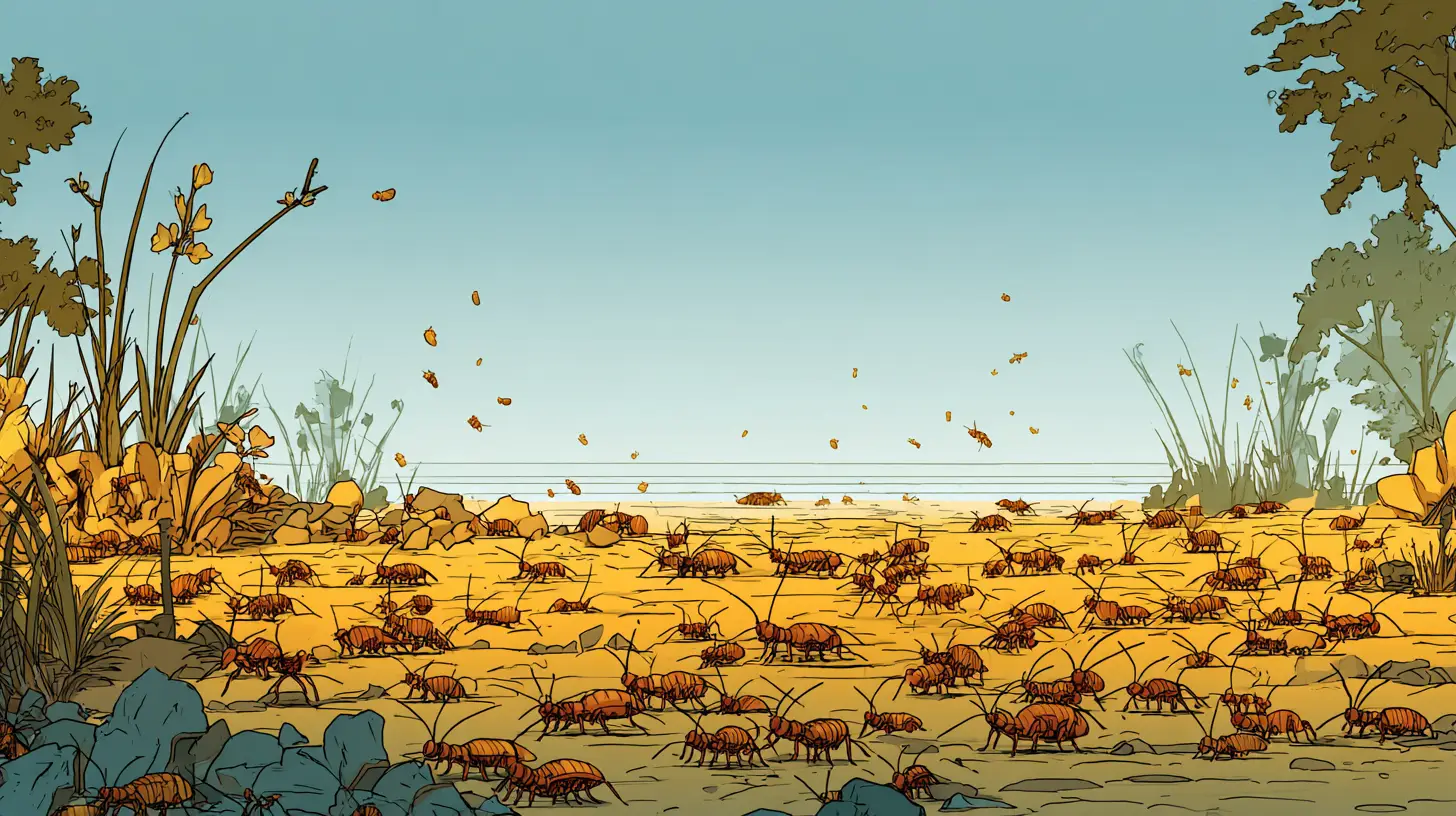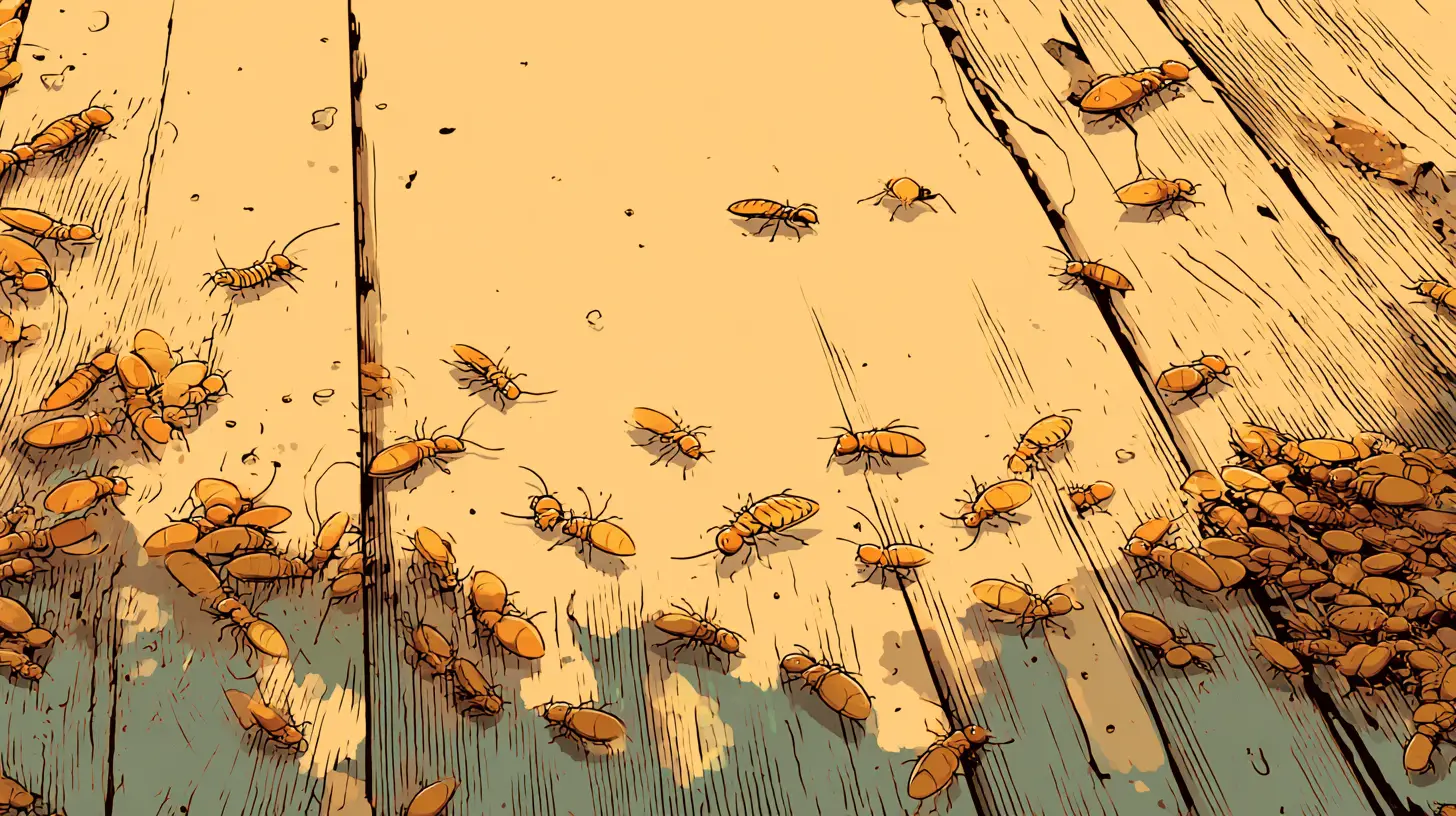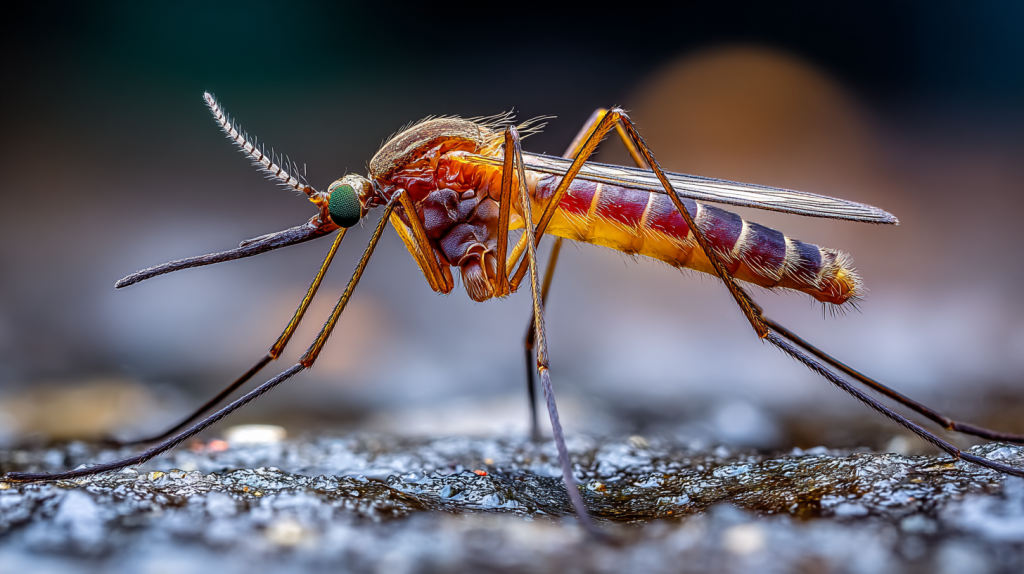
Table of Contents
If you live in Parrish, FL and have ever stepped outside at dusk only to be swallowed whole by a swarm of tiny flying nightmares, you’ve met the midge fly. These little guys look a lot like mosquitoes — but they don’t bite. That’s the good news. The bad news? They show up in numbers so ridiculous you’ll be sweeping them off your patio furniture like confetti after a parade.
They’re part of the Chironomidae family, and here in Southwest Florida, they’ve basically got perfect breeding conditions 9+ months out of the year. Female midges can lay thousands of eggs at a time right on the surface of your neighborhood lake. Those eggs hatch into larvae — aka “bloodworms” because they’re bright red from hemoglobin — and those larvae burrow into the muck at the lake bottom where they happily snack on algae and rotting vegetation.
Then, in as little as 2–3 weeks during warm weather, they pupate and emerge as adults. Rinse and repeat. And because Parrish gets plenty of warm, wet months (April to November), you can have multiple overlapping generations all summer long. One strong rainstorm can literally trigger an explosion of midge flies overnight.
Key Takeaways
- One female midge fly = thousands of eggs, and your lake is the nursery.
- Bloodworm larvae can survive in oxygen levels so low most predators can’t, thanks to hemoglobin in their bodies.
- Killing adults with spray gives you a few hours’ peace before new ones emerge.
- Long-term control = changing the water and habitat so larvae can’t thrive.
Why Midge Flies Treat Parrish’s Lakes Like a Luxury Resort
Here’s the science: midge larvae love nutrient-rich, oxygen-poor muck. Parrish’s HOA lakes, especially those with lawns running right to the edge, tend to collect fertilizer runoff, pet waste, and grass clippings. This all feeds algae, which then feeds the larvae. In some Florida ponds, scientists have counted over 4,000 larvae per square meter of sediment.
And the predators that would normally help? Fish, dragonfly nymphs, beetles — most can’t handle the low-oxygen bottom where larvae live. That’s why spraying adults is like killing mosquitoes at the bar while their daycare is still pumping out new ones.
Step 1: Starve Them Out
Algae and Organic Matter Control: Larvae are grazers. No algae, no food. That means:
- Treating algae blooms with copper-based algaecides (done carefully to avoid harming fish).
- Planting beneficial aquatic plants like pickerelweed or soft rush to suck up extra nutrients before algae can use them.
- Removing muck when possible — even a few feet along the shoreline can cut breeding areas.
Fun fact: In some communities, seasonal “drawdowns” (lowering the water level during dry season) dry out and kill larvae in the exposed muck. Nature used to handle this with droughts and wildfires. Now, an HOA pump can do the trick.
Step 2: Stop Feeding Them from Land
Nutrient Reduction
- Maintain a 10-foot buffer zone of no-fertilizer, unmowed vegetation around the lake.
- Never blow grass clippings into the water — that’s basically delivering a gourmet buffet straight to the larvae.
- Encourage residents to cut back on fertilizer, especially before rain.
- Test the water for nitrogen and phosphorus levels so you know if things are improving.
Every pound of algae prevented is a chunk of midge larvae that never gets fed.
Step 3: Change Their Habitat
Aeration & Circulation: Midge larvae thrive in stagnant, low-oxygen muck. Install a bottom-diffuser aeration system or surface fountain to:
- Raise oxygen levels in the water column.
- Break down organic muck faster.
- Make the lake habitable for fish and insects that eat larvae.
Florida case studies show up to a 90% drop in larvae within 16 months of aeration. That’s not instant gratification, but it’s long-term success.
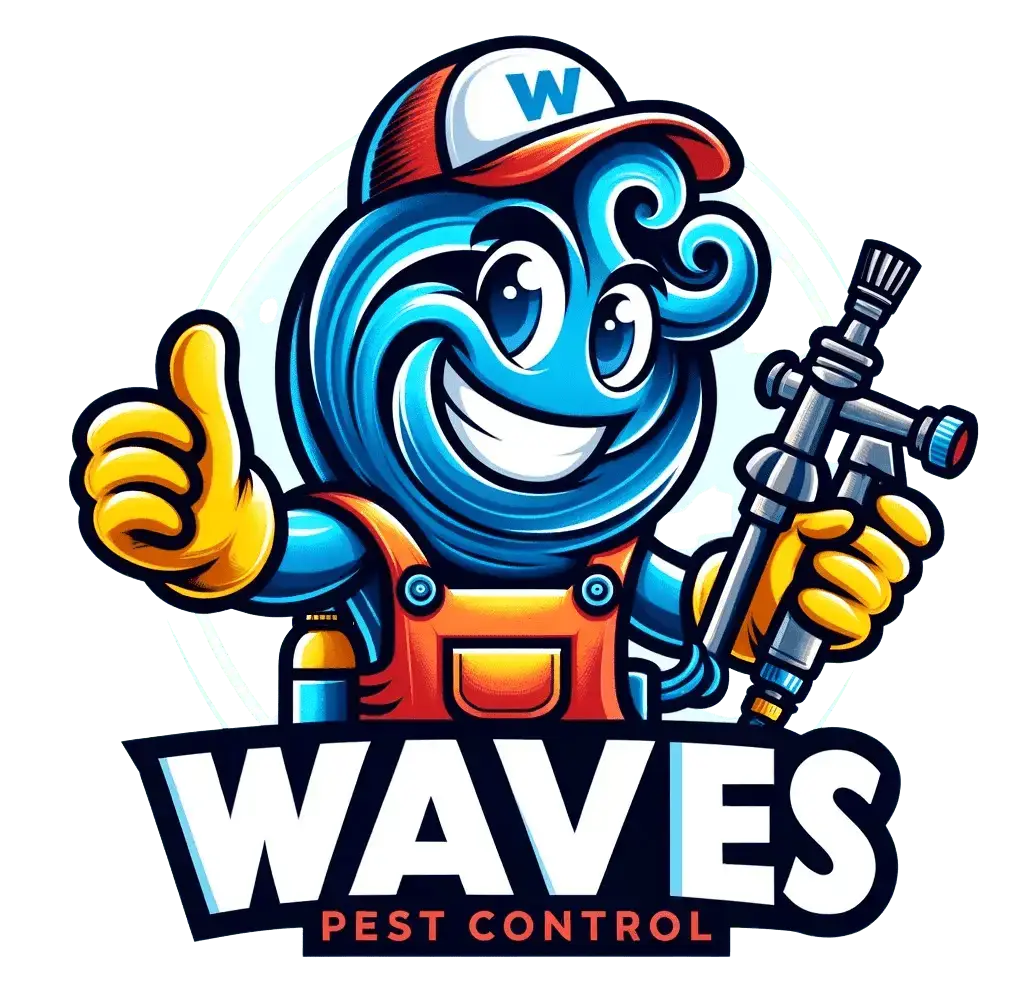
Get Pest-Free Today!
Trust Waves Pest Control for expert pest solutions in Florida. Call now or request your free quote online!
Request a QuoteStep 4: Bring in the Natural Predators
- Fish: Stock native species like Eastern mosquitofish, bluegill, or even small catfish. They’ll eat pupae and newly emerged adults at the surface.
- Dragonflies: Their aquatic nymphs are like midge larva assassins. Keep shoreline vegetation for them to perch and breed.
- Bti Larvicide: This naturally occurring bacterium kills larvae without harming fish, birds, or people. Works best in shallow, high-density shoreline zones — exactly where Parrish lakes often see the worst infestations.
Step 5: Make Your House Less Attractive
Midge flies are hardcore light chasers.
- Replace outdoor bulbs with warm LED “bug lights.”
- Use motion-activated lighting so they’re not drawn to your house all night.
- Place bright light traps away from homes to lure them elsewhere.
- Run outdoor fans on patios — midges are weak fliers.
- Make sure porch and window screens have no gaps (they’ll squeeze through tiny holes).
Step 6: Sprays as the Last Resort
For immediate relief:
- Use a licensed applicator to fog the lake perimeter at dusk during peak swarms.
- Apply residual sprays (bifenthrin, lambda-cyhalothrin) to walls, patio ceilings, and vegetation where adults land.
Caution: Sprays kill beneficial insects too, so limit use to bad outbreaks or events.
The Year-Round Parrish Midge Fly Plan
- Spring – Treat algae, stock fish, install aeration, plant shoreline buffers.
- Summer – Run aeration nonstop, apply larvicides to shoreline muck, manage lights, set traps.
- Peak Swarms – Limited fogging + fan use on patios.
- Fall/Winter – Evaluate progress, dredge or draw down if muck is still heavy.
Complete eradication isn’t realistic (they’re part of the food web), but you can go from “can’t breathe outside” to “the occasional fly-by.”
Frequently Asked Questions (FAQs)
Do midge flies bite?
Nope. They’re all buzz, no bite. They just show up in swarms so thick it feels like they’re trying to move in.
Why are there so many after it rains?
Rain washes fertilizer, pet waste, and other nutrient-rich runoff into the lake. That’s a dinner bell for algae, which feeds the larvae.
Can’t we just spray and be done with it?
Sprays only kill the adults. The larvae in the muck will keep hatching new waves unless you also target the source in the water.
Are midge flies dangerous?
Not to your health directly — but they can clog outdoor filters, make surfaces slippery, and drive everyone indoors.

